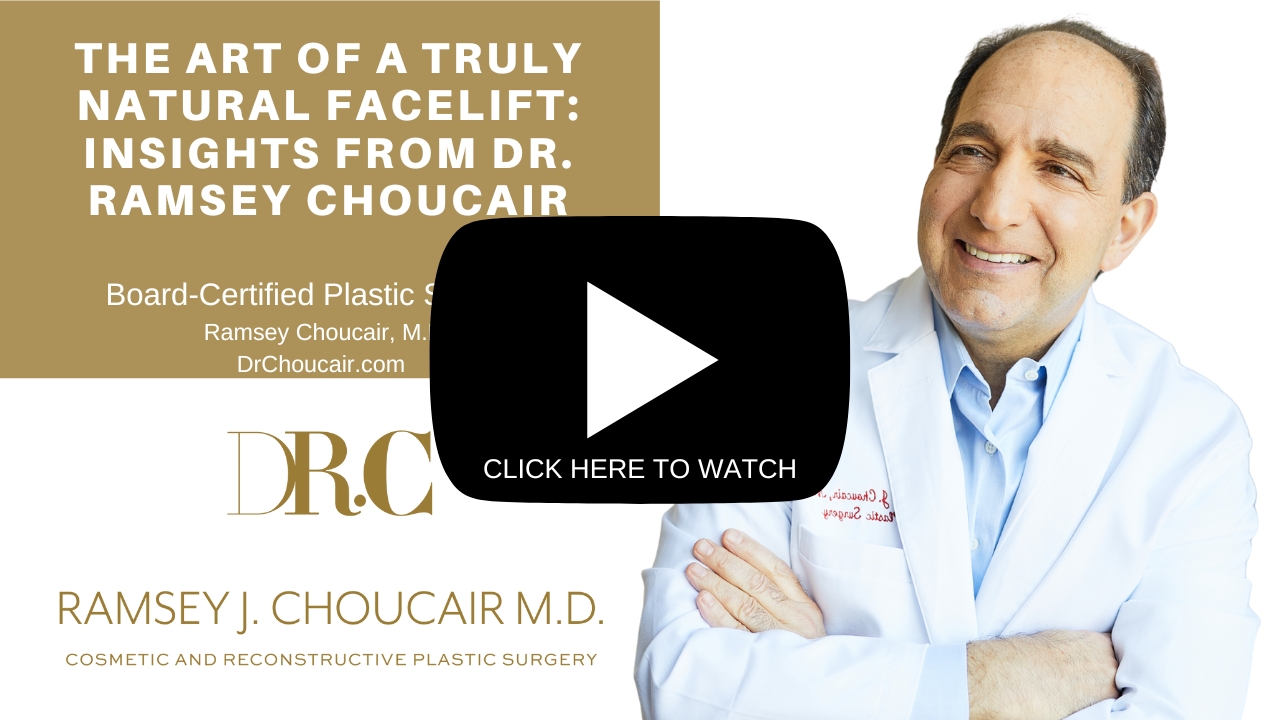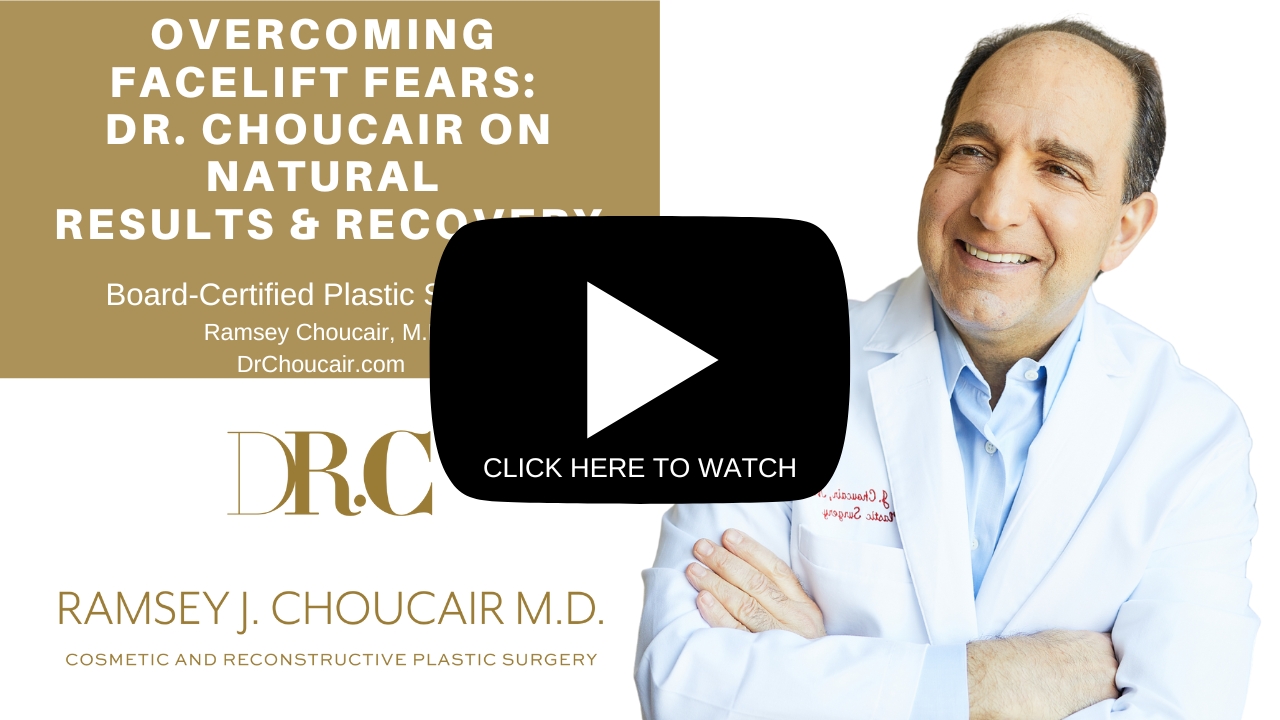Facelift or Rhytidectomy
The facelift operation is probably the most well-known cosmetic surgery procedure dating back many years.
The facelift has undergone significant refinements and currently remains the most predictable and safe procedure that turns back the clock of facial aging.
Despite celebrities that have distorted faces (i.e the “facelift look”) a facelift performed by a seasoned plastic surgeon with artistic ability and a focus toward facial aesthetic surgery can provide facial rejuvenation that looks natural and without easily detectable signs of surgery.

There are many new cosmetic injections and procedures that are reportedly “replacing the facelift”. While many of these new injections (Restylane®, Juvederm, Botox®, fat, Sculptra, etc.) may reverse some changes of aging, a comprehensive facelift remains unique in its ability to “lift tissue” and “elevate” sagging muscles and fat around the face. Distorted faces and “facelifted” looks are due to poor judgment in selecting the facelift technique and not necessarily the surgical skills of the surgeon.
Therefore, the judgment that your surgeon exercises in choosing the proper facelift technique is critical to reaching your goals and maintaining a natural-looking appearance. Prospective facelift patients should interview several surgeons, and develop genuine trust and a “comfort-level” with the surgeon. You should request to review high quality “before and after” photographs (good lighting, accurate detail) that demonstrate the surgeon’s work. The single most important factor in obtaining a natural rejuvenated appearance following a facelift is the surgeon that you choose.
Facelift techniques and recoveries vary. In fact, a “facelift” can mean different things to patients and surgeons alike. In general, a “facelift” means repositioning the skin and deeper tissues of the face, jowl and neck. Improving the neck with a facelift is often considered part of the facelift procedure, however, each patient should confirm whether the neck is included in the “facelift”.
As an example, some comprehensive facelift techniques, such as the “composite facelift”, include lifting of the neck, face, eyes and brow in one procedure. While this technique may be beneficial in some individuals, not all faces require this “total rejuvenation”.
In some cases a simple “limited incision” or “mini” facelift technique may be successful in reversing aging. The “mini” facelift procedure repositions the lower face and jowl tissue. Depending on age and genetic predisposition, a limited incision facelift may provide adequate rejuvenation and still maintain facial harmony despite not modifying other areas of the face. This is where the judgment of the surgeon and the expectations of the patient must be discussed frankly and openly.
In this section, we will discuss the different types of facelift techniques, the pros and cons of these procedures and the varied recoveries that are associated with these facelifts.




